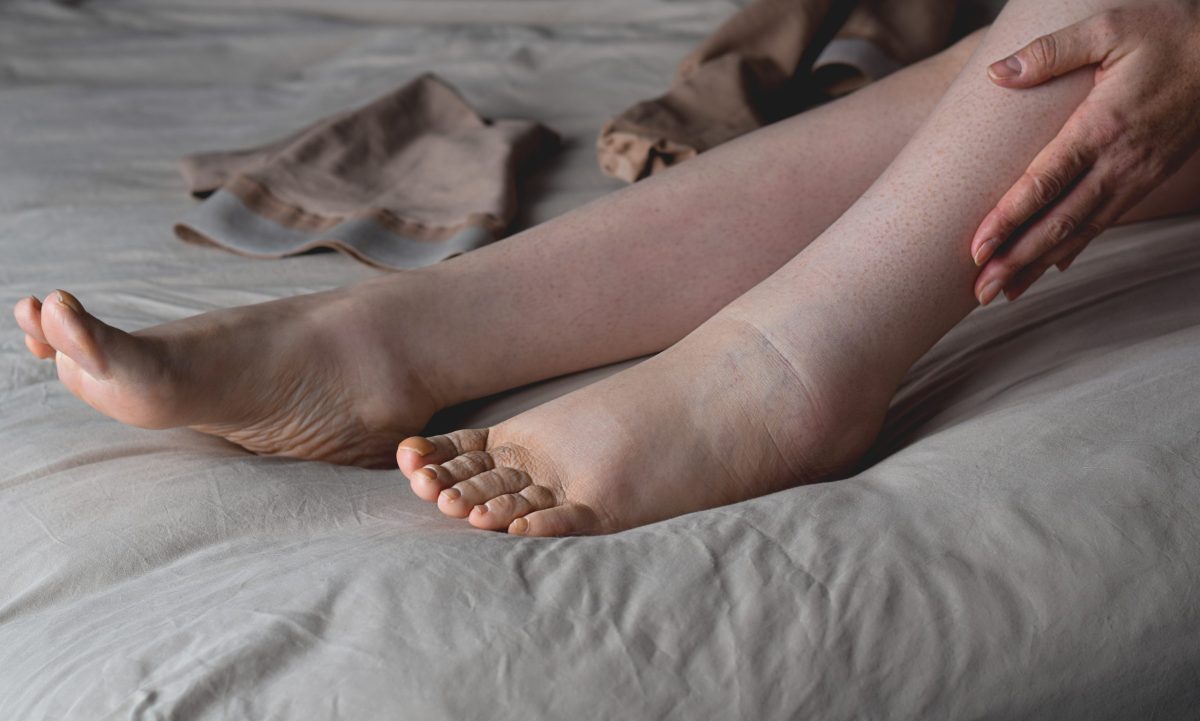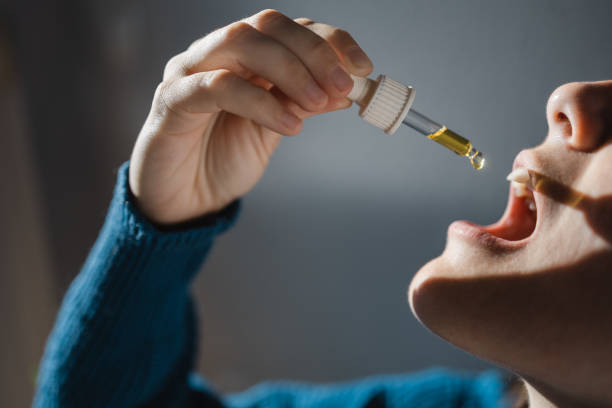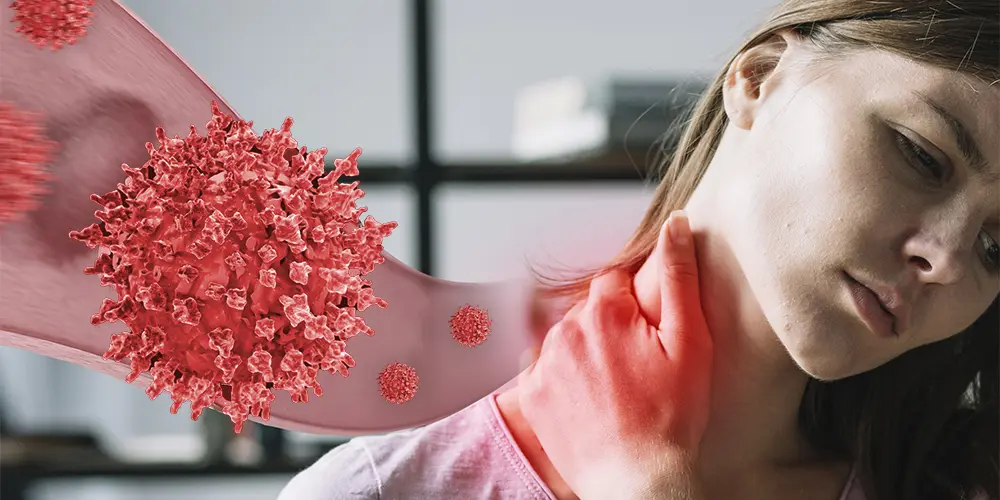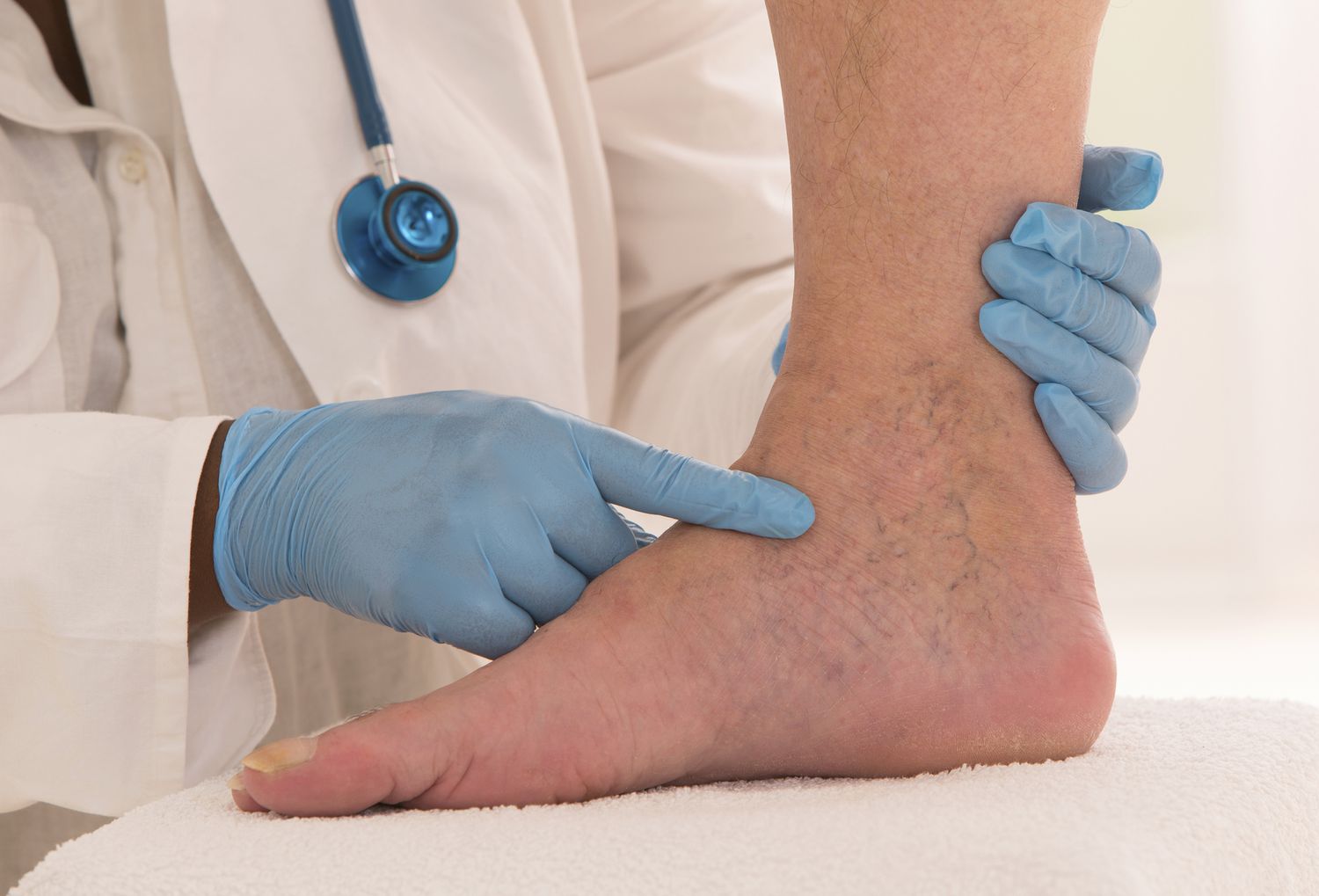Have you looked down and noticed that only your left leg is swelling? This can be confusing and worrying. Most people expect both legs to swell if something is wrong, but sometimes swelling can happen in just one leg—often the left one. If you’re concerned about, “Why is only my left leg swelling?” this guide will help explain the possible reasons in simple words.
If only one of your legs is swollen, it’s also called unilateral leg swelling, and this can happen due to different reasons. Some are not severe and may go away on their own without any treatment. Others may need medical care right away. Let’s go over the most common reasons for swelling in only one leg, what signs to watch for, and when to see a doctor.
What causes swelling in one leg?
Edema, or swelling, occurs when extra fluid is collected in the tissues beneath your skin. If it’s only your left leg that is swelling, the cause is usually something affecting the blood flow, lymph system, or tissue in that specific leg.
Let’s look at 7 possible reasons why this may be happening, so keep reading:
1. Deep vein thrombosis (DVT)
DVT is the serious reason for swelling in your only one leg. In this condition, blood clots form in the veins of one of your legs. This occurs when a clot builds up in a deep vein, usually in the lower leg or thigh.
Deep vein thrombosis can lead to a life-threatening condition if this clot travels to your lungs.
That’s why it’s important to watch for signs and get help quickly.
- Signs of DVT may include:
- Sudden swelling in one leg
- Pain or cramping in the leg
- Warm skin on the swollen area
- Skin that looks red or purple
- Heaviness or tightness in the leg
If you think you might have a blood clot, go to a doctor or emergency room immediately. You might need an ultrasound test, and if DVT is found, medications can help dissolve the clot and prevent it from traveling to the lungs.
2. Chronic venous insufficiency (CVI)
Another reason why only your left leg is swelling could be chronic venous insufficiency. CVI occurs when the veins in your leg can not push blood back as they should do. Consequently, blood stays in your one leg, leading to distress and swelling.
Signs of CVI include:
- Swelling that gets worse after standing or sitting
- Varicose veins (twisted or bulging veins)
- Brown or dry skin around the ankle
- Pain that gets better when you raise your leg
CVI is not a severe or life-threatening condition, but it can lead to continuing distress. Healthcare providers may suggest you wear compression socks, keep your legs raised, or do light exercise to improve blood flow.
3. Lymphedema
To remove waste and extra fluids, the lymphatic system is present in your body. If the lymphatic system gets disturbed or blocked, it can lead to swelling, usually in one leg.
What may cause lymphedema?
- Past surgery (especially cancer-related surgeries)
- Radiation treatments
- Infections
- Injuries
- Some people are born with it
- Signs of lymphedema include:
- Swelling that doesn’t go away
- Heavy or tight feeling in the leg
- Skin that feels thick or hard
- More frequent skin infections
While there’s no cure for lymphedema, it can be managed. Treatments include wearing compression garments, massage therapy, and gentle exercise to help drain the fluid.
4. Trauma or injury
If you’ve recently hurt your left leg—even a small injury—you might see swelling. Common injuries that cause this include
- Sprained ankle
- Muscle strain
- Bruises
- Broken bones
- Signs of injury include:
- Pain in the area
- Trouble walking or standing
- Redness or bruising
If the injury is minor, you can follow the RICE method, which includes ice, rest, elevation, and compression. But if the swelling is bad or you can’t walk, it’s best to visit a provider.
5. Infection
Infection may also lead to swelling in one leg, especially if it impacts your tissues or skin in your leg. Cellulitis is the most common infection of swelling. Through an insect bite, cut, or scratch, bacteria can enter your body, and this may lead to cellulitis.
Signs of infection include:
- Warmth and redness in the area
- Pain or tenderness
- Fever or chills
- Swelling that spreads quickly
Infections like cellulitis need antibiotics. Infection can spread and lead to dangerous conditions, so it is the best choice to see your healthcare provider as soon as possible when you notice these signs.
6. Peripheral arterial disease (PAD)
PAD is a problem with the arteries that carry blood to your legs. These arteries can become narrow or blocked due to plaque buildup, reducing blood flow.
Signs of PAD include:
- Cramping or pain when walking
- Cold or pale foot or leg
- Weak pulse in the leg
- Sores that don’t heal easily
PAD can be a warning sign of heart disease. Medicines, lifestyle alterations, and sometimes surgery can help recover blood flow in the leg.
7. Other possible causes
There are a few more reasons why only your left leg might swell:
1. Baker’s Cyst: A fluid-filled lump behind your knee can leak fluid down your leg, causing swelling.
2. Tumors: Rare, but a growth in your leg or pelvis can press on veins or lymph nodes, causing swelling in one leg.
3. Certain Medicines: Some medications can cause fluid retention, such as
- Blood pressure medicines (like calcium channel blockers)
- Steroids
- Hormonal treatments
If you recently started a new medication and notice swelling in one leg, talk to your provider about it.
Why is only my left leg swelling and not the right?
There are several reasons why swelling might affect just your left leg. It could be that
- The veins or arteries in the left leg are more damaged.
- You had a past surgery or injury only on your left leg.
- A clot or blockage may only be present in the left side.
In some cases, the position you sleep or sit in could also make the left leg more prone to swelling. But if the swelling doesn’t go away or gets worse, it’s important to get it checked.
When to see a healthcare provider
Some causes of swelling are mild, but others need fast medical care. Here’s when you should call your provider:
- If the swelling starts suddenly
- If the leg is red, hot, or painful
- If you have a fever or chills
- If you put weight on your leg, you can’t walk
- If the swelling doesn’t go away after home treatment or resting
- If you have swelling along with chest pain or shortness of breath (this could mean a blood clot has traveled to your lungs),
Early treatment can prevent serious problems and help you recover faster.
How to prevent swelling in one leg
While not all causes of swelling can be prevented, here are some tips that might help:
- Keep active: Gentle exercises and walking can help improve blood flow in the leg
- Don’t sit or stand too long: Move around every hour.
- Elevate your legs: Put your feet up when you rest.
- Wear compression socks: These help stop fluid from building up.
- Drink enough water: Staying hydrated helps your body balance fluids.
- Avoid salty food: Too much salt can cause water retention.
- Check your skin: Keep an eye out for cuts, infections, or bruises.
Conclusion
Swelling in one leg is a common issue that can have many different causes—from a simple bruise to something more serious like a blood clot.
While it might not always be a big problem, it’s still important to pay attention to your body. Don’t ignore swelling that doesn’t go away or comes with other symptoms. See your provider to find out what’s going on and get the appropriate treatment.
Taking care of your health early can help you avoid bigger problems later. So, if only your left leg is swelling, don’t wait—listen to your body and get help when needed.








